Home>Technology>Smart Home Devices>How To Prioritize Devices On Wi-Fi Router
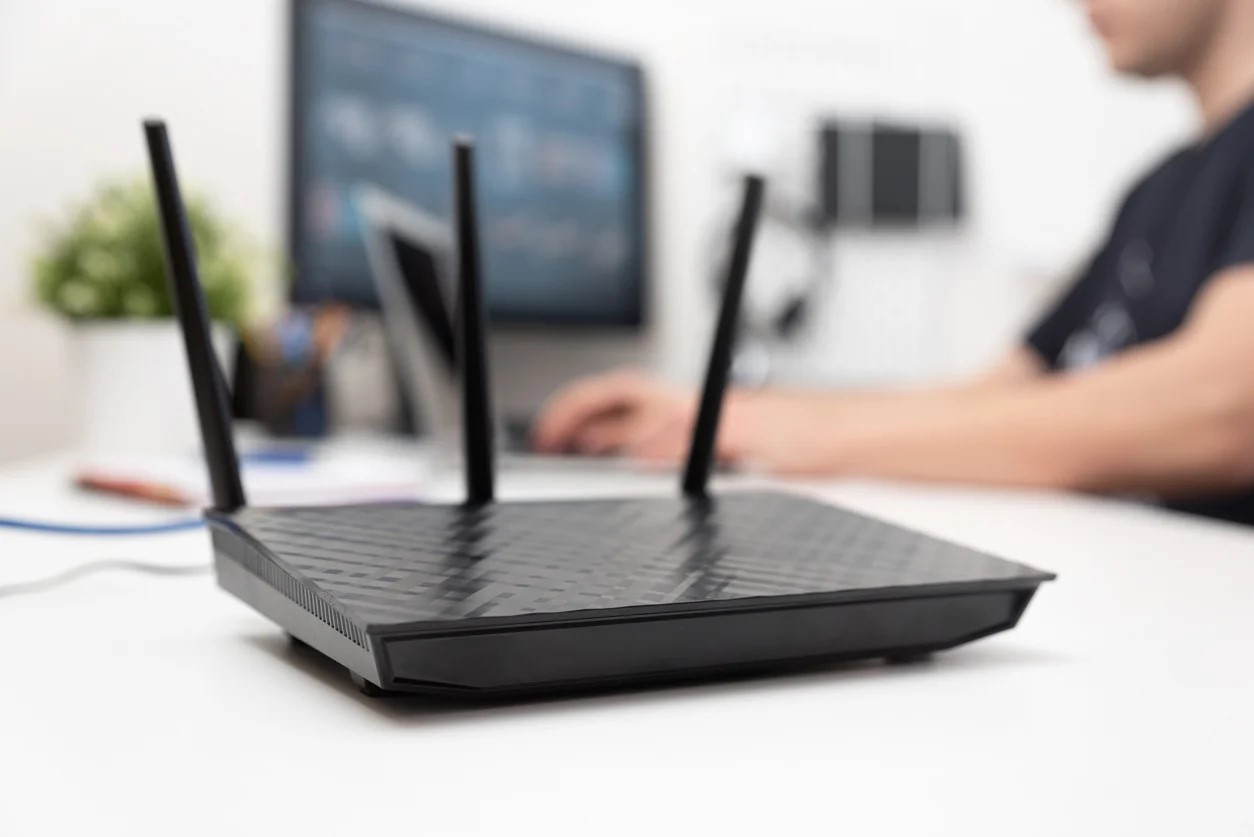

Smart Home Devices
How To Prioritize Devices On Wi-Fi Router
Modified: January 4, 2024
Learn how to prioritize smart home devices on your Wi-Fi router for a seamless and efficient connection. Optimize your network for a smoother smart home experience.
(Many of the links in this article redirect to a specific reviewed product. Your purchase of these products through affiliate links helps to generate commission for Storables.com, at no extra cost. Learn more)
**
Introduction
**
In today's interconnected world, the demand for a seamless and reliable Wi-Fi connection is more pronounced than ever. With the proliferation of smart home devices, streaming services, online gaming, and remote work, the need for a robust and efficient Wi-Fi network has become a necessity. However, ensuring a consistently high-quality connection for all devices can be challenging, especially when multiple devices are vying for bandwidth simultaneously.
One effective way to address this challenge is by prioritizing devices on your Wi-Fi router. Prioritizing certain devices can ensure that they receive preferential treatment when it comes to bandwidth allocation, resulting in improved performance for critical activities such as video calls, online gaming, and streaming high-definition content.
In this comprehensive guide, we will delve into the intricacies of Wi-Fi router prioritization, providing a clear understanding of the concept and offering practical steps to prioritize devices effectively. Whether you are a tech enthusiast looking to optimize your home network or a professional seeking to enhance the connectivity for remote work, this guide will equip you with the knowledge and tools to make the most of your Wi-Fi router's capabilities.
By the end of this article, you will have a solid grasp of how to prioritize devices on your Wi-Fi router, empowering you to tailor your network to suit your specific needs and preferences. Let's embark on this insightful journey to unlock the full potential of your home Wi-Fi network.
**
Key Takeaways:
- Prioritizing devices on your Wi-Fi router can ensure a smooth and reliable connection for activities like video calls and online gaming, even when multiple devices are using the network.
- Understanding usage patterns and balancing priorities are key to effectively prioritizing devices on your Wi-Fi router, ensuring fair bandwidth allocation and optimal network performance.
Read more: How To See Connected Devices On Wi-Fi Router
Understanding Wi-Fi Router Prioritization
**
Wi-Fi router prioritization, also known as Quality of Service (QoS), is a feature that allows you to allocate bandwidth to specific devices or applications on your network. By assigning priorities to different devices, you can ensure that critical activities receive the necessary bandwidth to function optimally, even when other devices are utilizing the network.
When multiple devices are connected to a Wi-Fi network, they compete for available bandwidth, which can lead to latency, buffering, and overall degradation of performance, particularly during peak usage times. This is where prioritization comes into play, enabling you to designate certain devices as high-priority, thereby safeguarding their access to bandwidth when the network is under heavy load.
Wi-Fi router prioritization operates on the principle of traffic management, allowing you to dictate which devices or applications receive precedence in accessing the available bandwidth. This can be particularly beneficial for activities that demand consistent and reliable connectivity, such as video conferencing, online gaming, and streaming high-definition media.
Moreover, prioritization can be customized based on specific devices or applications, granting you the flexibility to tailor the network performance according to your preferences. Whether you want to ensure smooth video streaming on your smart TV, minimize lag in online gaming, or prioritize work-related tasks on your laptop, Wi-Fi router prioritization empowers you to fine-tune your network to suit your individual requirements.
By gaining a comprehensive understanding of Wi-Fi router prioritization, you can harness the full potential of your network, optimizing the allocation of bandwidth to accommodate diverse activities and devices. In the subsequent sections, we will explore the practical steps to prioritize devices on your Wi-Fi router, empowering you to enhance your home network with precision and efficiency.
**
Steps to Prioritize Devices on Wi-Fi Router
**
Configuring device prioritization on your Wi-Fi router involves a series of straightforward yet impactful steps that can significantly enhance the performance of your network. Here’s a comprehensive guide to prioritizing devices on your Wi-Fi router:
1. Access the Router Settings:
Begin by accessing the administrative interface of your Wi-Fi router. This typically involves entering the router’s IP address into a web browser and logging in with the appropriate credentials. Once logged in, navigate to the QoS or prioritization settings, which may be located within the “Advanced” or “Quality of Service” section of the router’s configuration interface.
2. Identify Devices and Applications:
Before proceeding with prioritization, identify the devices or applications that require preferential treatment in terms of bandwidth allocation. This may include devices used for video conferencing, online gaming consoles, smart TVs, or specific applications that necessitate consistent and reliable connectivity.
3. Assign Priorities:
Once you have identified the devices or applications that warrant prioritization, assign them appropriate priority levels within the router’s QoS settings. Prioritization levels are often categorized as high, medium, and low, allowing you to allocate bandwidth based on the criticality of the activities associated with each device or application.
4. Set Bandwidth Allocation:
Determine the amount of bandwidth that should be allocated to each prioritized device or application. This can typically be configured in terms of a percentage of the total available bandwidth or specified as a minimum guaranteed bandwidth for the prioritized activities.
5. Save and Apply Settings:
After configuring the prioritization settings, ensure to save and apply the changes within the router’s administrative interface. This will activate the prioritization rules, allowing the router to allocate bandwidth according to the specified priorities during network usage.
6. Monitor and Adjust:
Regularly monitor the network performance to assess the impact of the prioritization settings. If necessary, make adjustments to the priority levels and bandwidth allocations based on the evolving requirements of your network and the activities being prioritized.
By following these steps, you can effectively prioritize devices on your Wi-Fi router, optimizing the allocation of bandwidth to accommodate diverse activities and devices. This proactive approach empowers you to tailor your network to suit your specific needs, ensuring a seamless and reliable connectivity experience for critical tasks and applications.
**
To prioritize devices on a Wi-Fi router, access the router’s settings and look for the Quality of Service (QoS) feature. From there, you can assign priority to specific devices, ensuring they receive better bandwidth for a smoother online experience.
Tips for Effective Device Prioritization
**
While implementing device prioritization on your Wi-Fi router can significantly enhance network performance, certain tips can further optimize the prioritization process and ensure an efficient allocation of bandwidth. Consider the following tips for effective device prioritization:
Understand Usage Patterns:
Gain insights into the usage patterns of your connected devices and applications. Identify the activities that demand consistent bandwidth, such as video streaming, online gaming, or video conferencing, and prioritize devices accordingly to accommodate these activities seamlessly.
Consider Time-Based Prioritization:
Some routers offer the option to schedule prioritization based on specific times of the day. This feature can be valuable for allocating enhanced bandwidth to critical activities during peak usage hours, ensuring a smooth experience for essential tasks without compromising overall network performance.
Utilize Application Prioritization:
Certain routers allow for application-level prioritization, enabling you to allocate bandwidth based on specific applications rather than individual devices. This can be advantageous for ensuring optimal performance of critical applications across multiple devices without the need to prioritize each device separately.
Balance Priorities:
Strive to strike a balance when assigning priorities to devices or applications. While it is essential to prioritize critical activities, excessive prioritization of a single device or application may lead to unfair bandwidth allocation and hinder the overall network experience for other connected devices. Aim for a fair and equitable distribution of bandwidth based on genuine requirements.
Regularly Review and Adjust:
Network demands and usage patterns may evolve over time, necessitating periodic review and adjustment of prioritization settings. Stay attuned to the changing requirements of your network and be prepared to fine-tune the prioritization levels and bandwidth allocations to align with the current demands of your connected devices and applications.
Test and Validate:
After configuring prioritization settings, conduct thorough testing to validate the impact on network performance. Assess the effectiveness of the prioritization rules by engaging in activities that were prioritized, such as video streaming or online gaming, and ensure that the allocated bandwidth meets the desired expectations.
By incorporating these tips into your device prioritization strategy, you can maximize the efficacy of your Wi-Fi router’s prioritization capabilities, fostering a seamless and optimized connectivity experience for all your connected devices and activities. With a proactive and informed approach, you can tailor your network to meet the specific demands of your digital lifestyle, ensuring that critical tasks receive the bandwidth they require without compromising the overall network performance.
**
Conclusion
**
Wi-Fi router prioritization stands as a pivotal tool in optimizing the performance of your home network, offering the flexibility to allocate bandwidth based on the specific needs of your connected devices and applications. By understanding the principles of prioritization and following the practical steps outlined in this guide, you can harness the full potential of your Wi-Fi router to ensure a seamless and reliable connectivity experience.
Device prioritization empowers you to safeguard critical activities such as video streaming, online gaming, and video conferencing, ensuring that they receive the necessary bandwidth to function optimally, even during periods of heavy network usage. This proactive approach not only enhances the user experience but also contributes to a more efficient utilization of available bandwidth, minimizing latency and buffering while maximizing the performance of essential tasks.
Moreover, the tips provided for effective device prioritization enable you to fine-tune the prioritization process, taking into account usage patterns, time-based requirements, and the equitable distribution of priorities across connected devices and applications. By regularly reviewing and adjusting the prioritization settings, you can adapt to the evolving demands of your network, ensuring that the allocation of bandwidth remains aligned with the current requirements of your digital ecosystem.
As you embark on the journey of prioritizing devices on your Wi-Fi router, remember to approach the process with a holistic understanding of your network’s dynamics. By considering the diverse activities and devices that form an integral part of your digital lifestyle, you can tailor the prioritization settings to create a harmonious and optimized connectivity experience for all users and applications.
In conclusion, Wi-Fi router prioritization represents a valuable asset in your quest for an efficient and reliable home network. By leveraging the insights and strategies outlined in this guide, you have the opportunity to unlock the full potential of your Wi-Fi router, elevating the connectivity experience for all your connected devices and activities. Embrace the power of prioritization, and embark on a journey towards a seamlessly interconnected digital environment tailored to your unique preferences and requirements.
Frequently Asked Questions about How To Prioritize Devices On Wi-Fi Router
Was this page helpful?
At Storables.com, we guarantee accurate and reliable information. Our content, validated by Expert Board Contributors, is crafted following stringent Editorial Policies. We're committed to providing you with well-researched, expert-backed insights for all your informational needs.

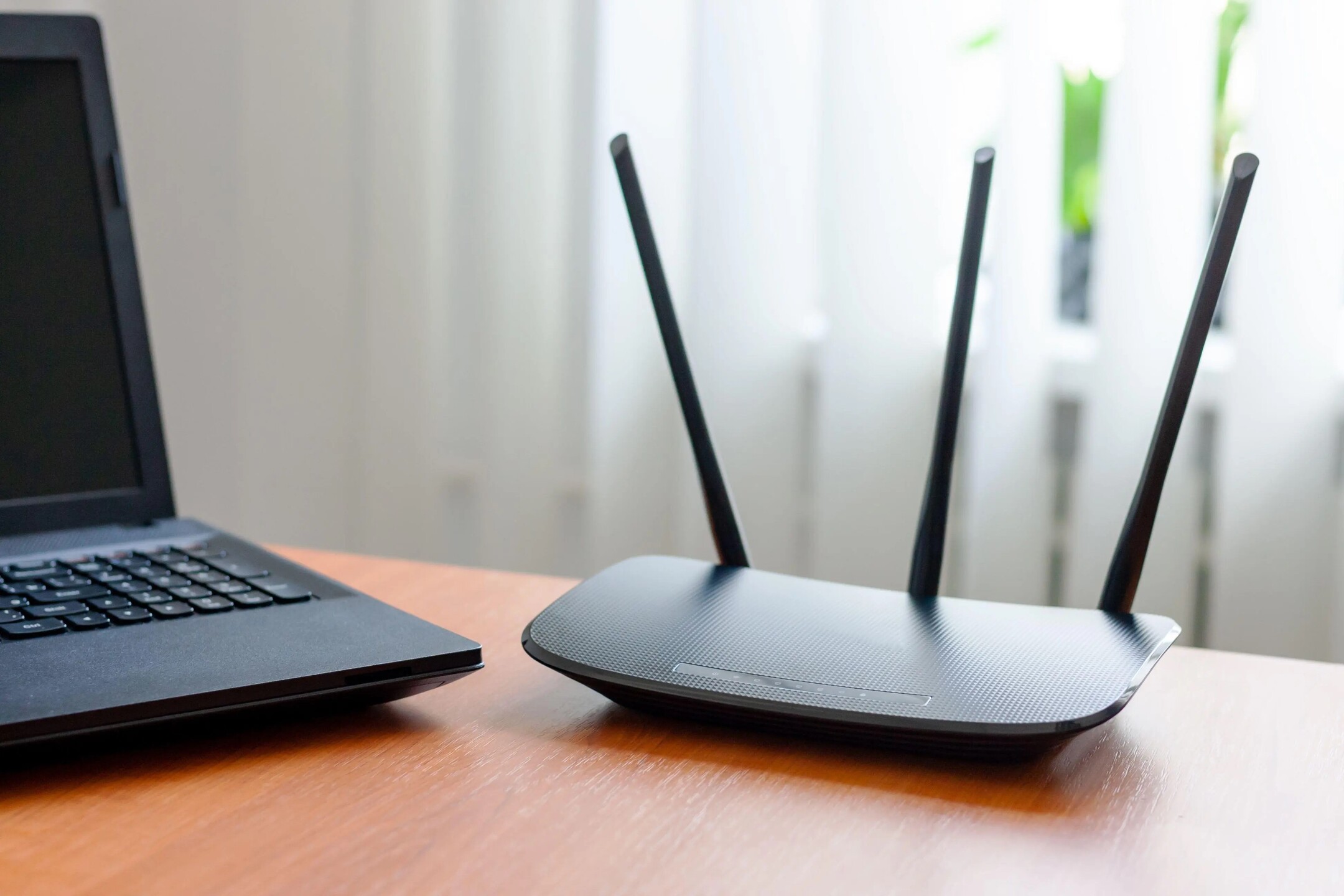
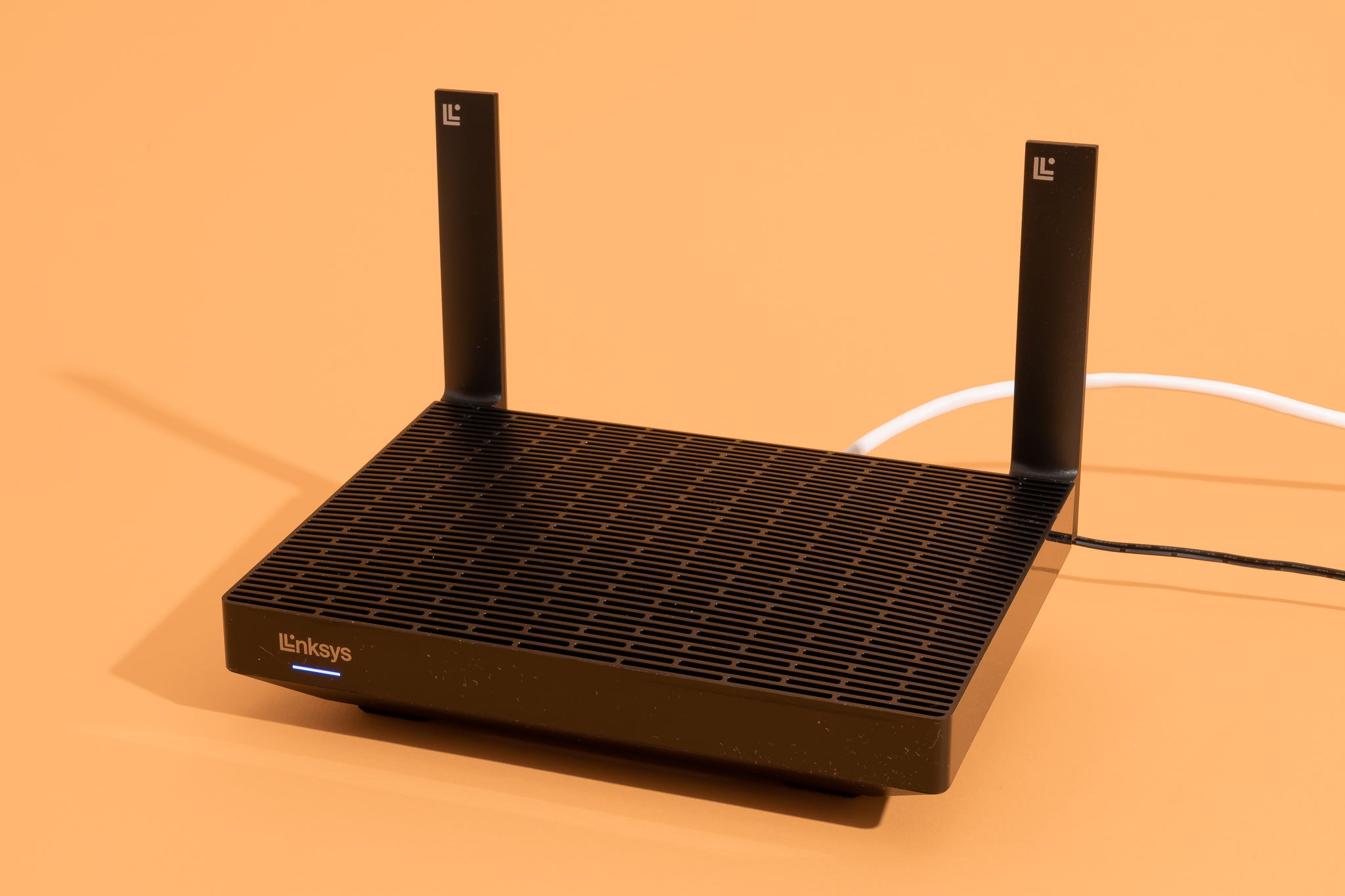
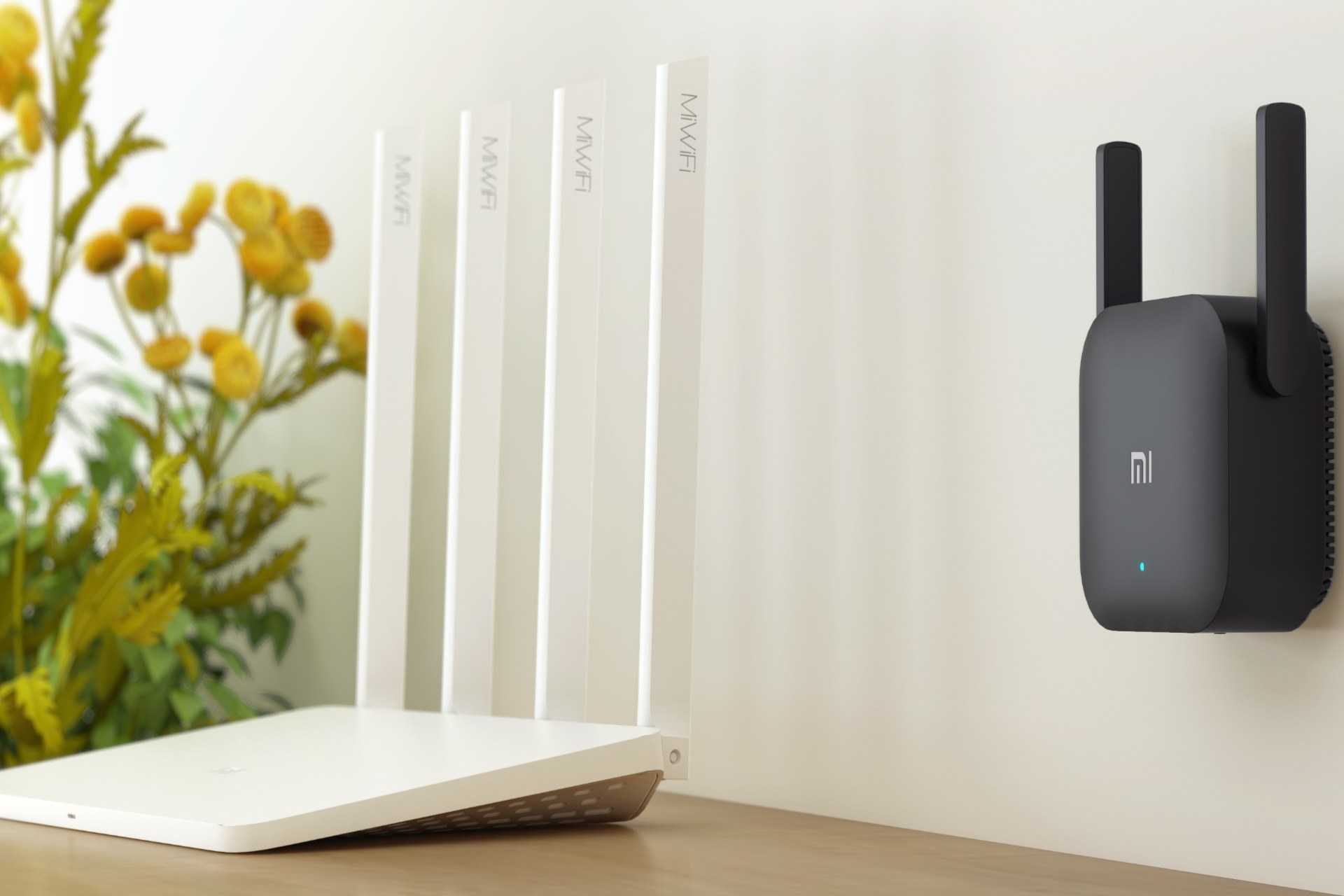
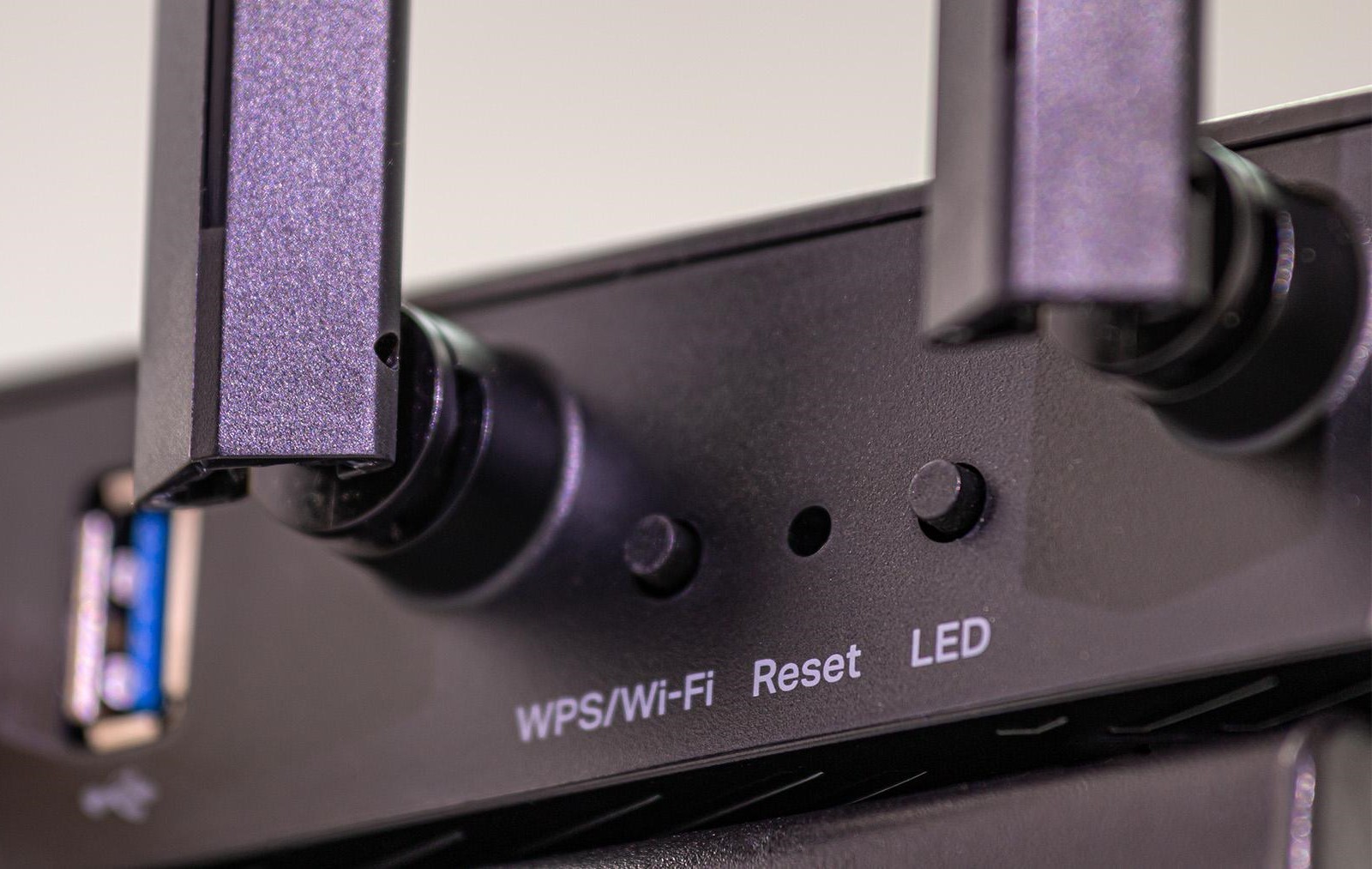
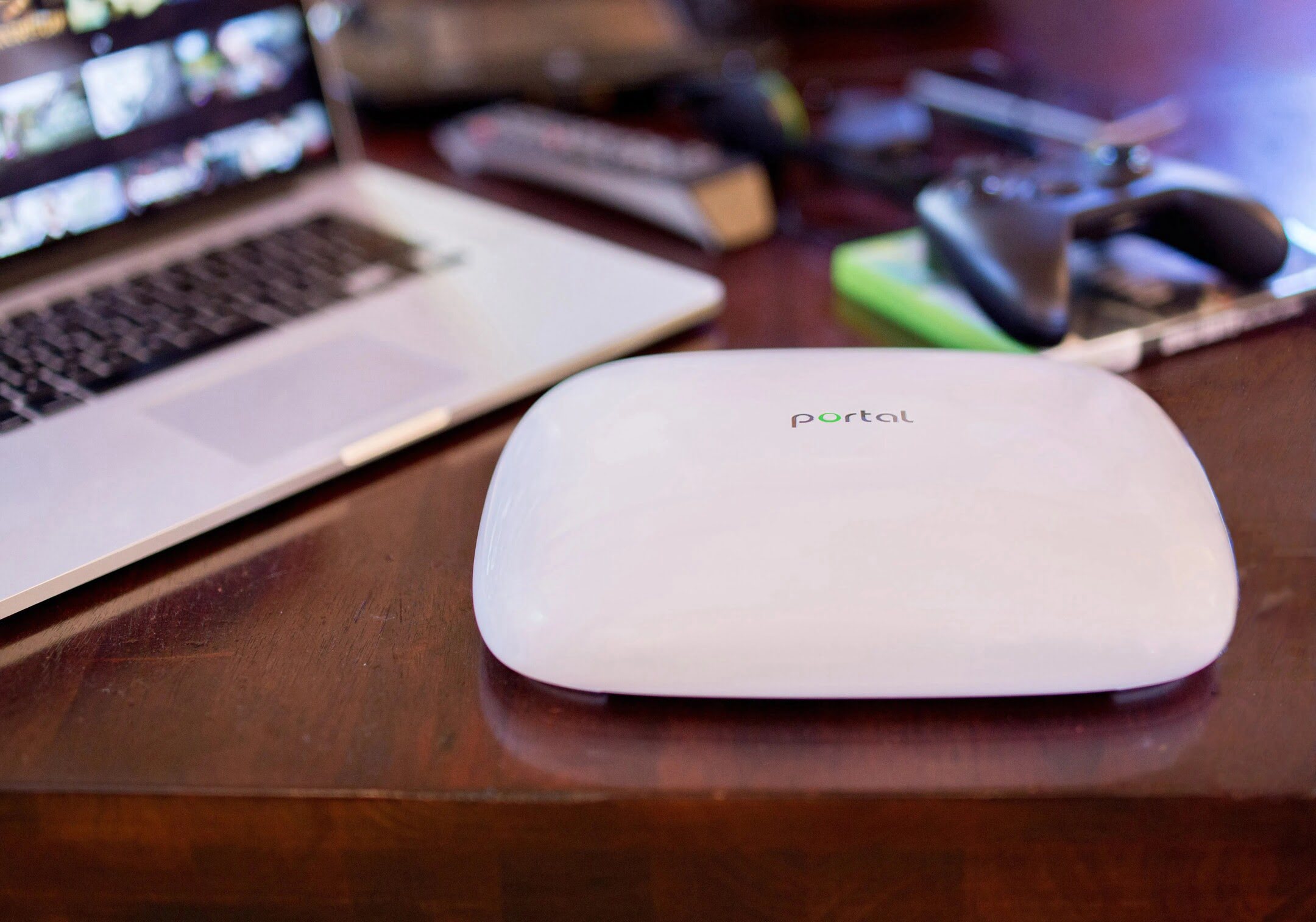
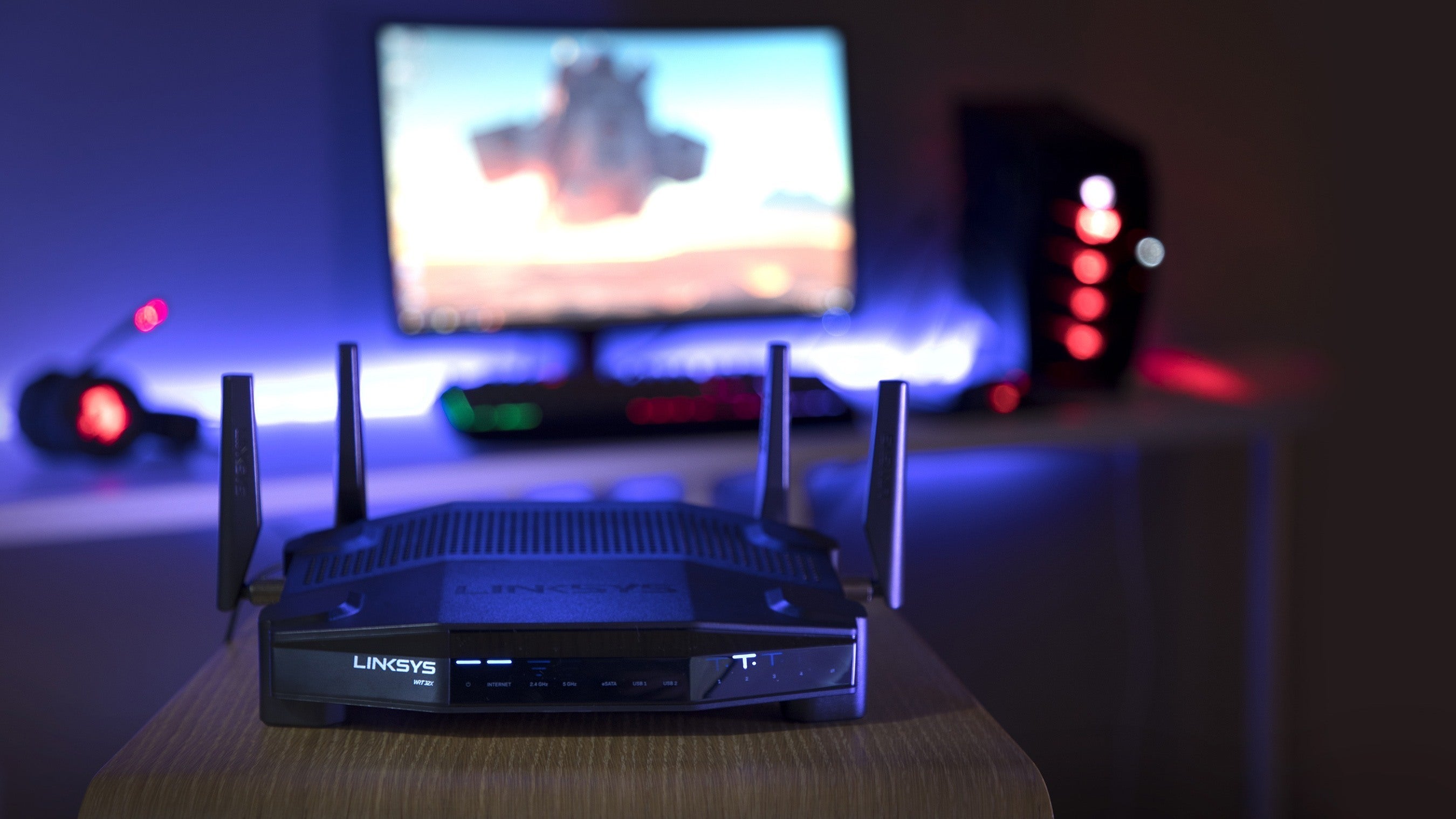
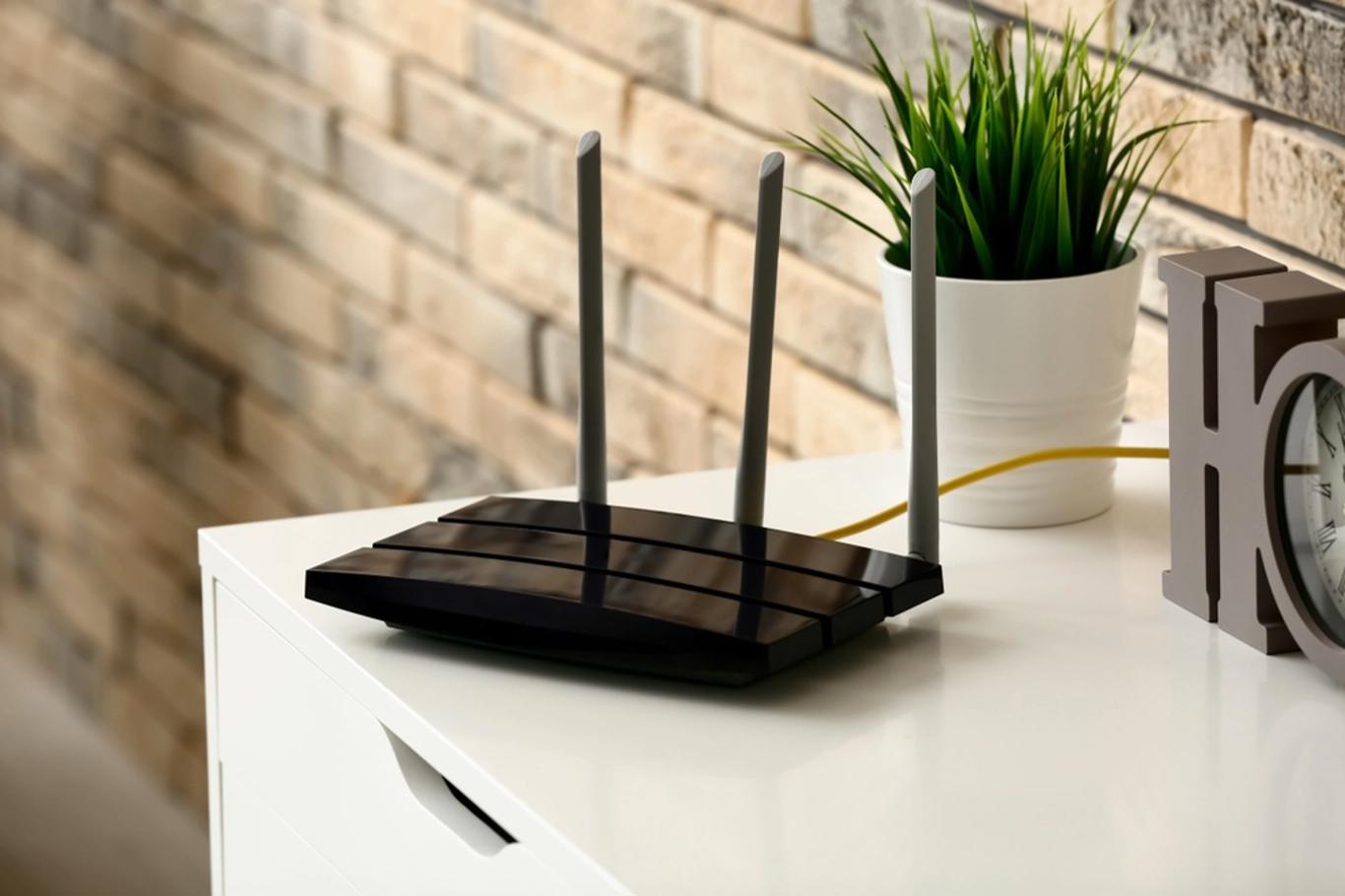
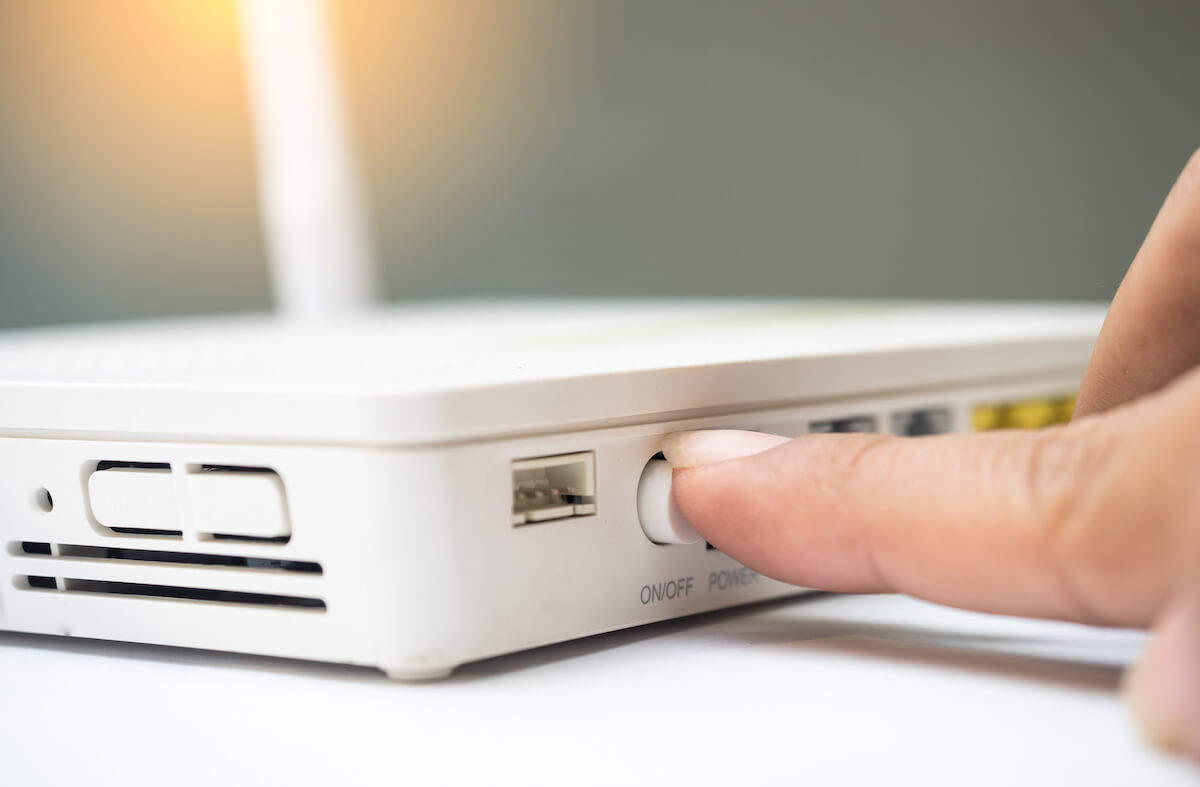
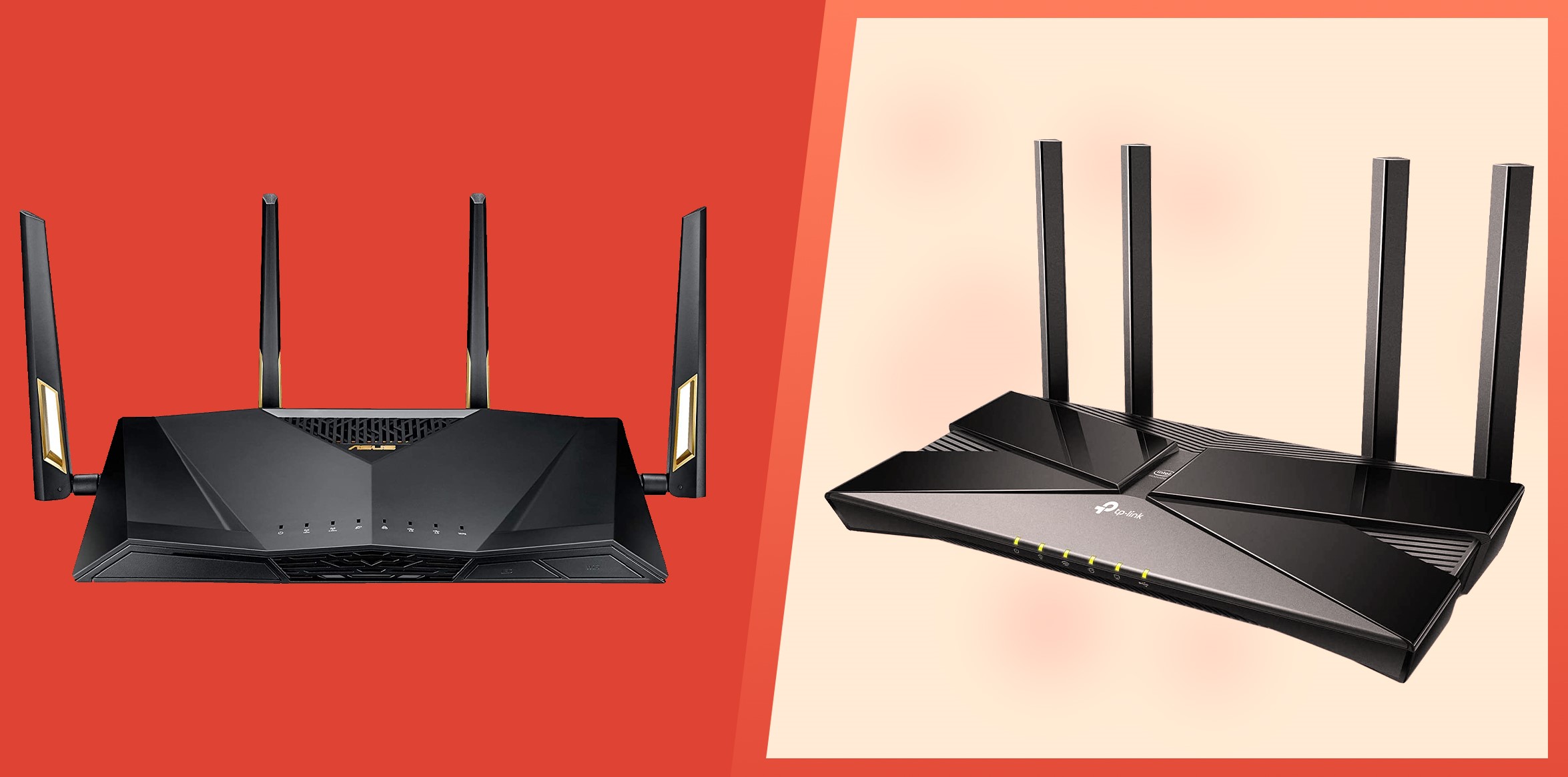
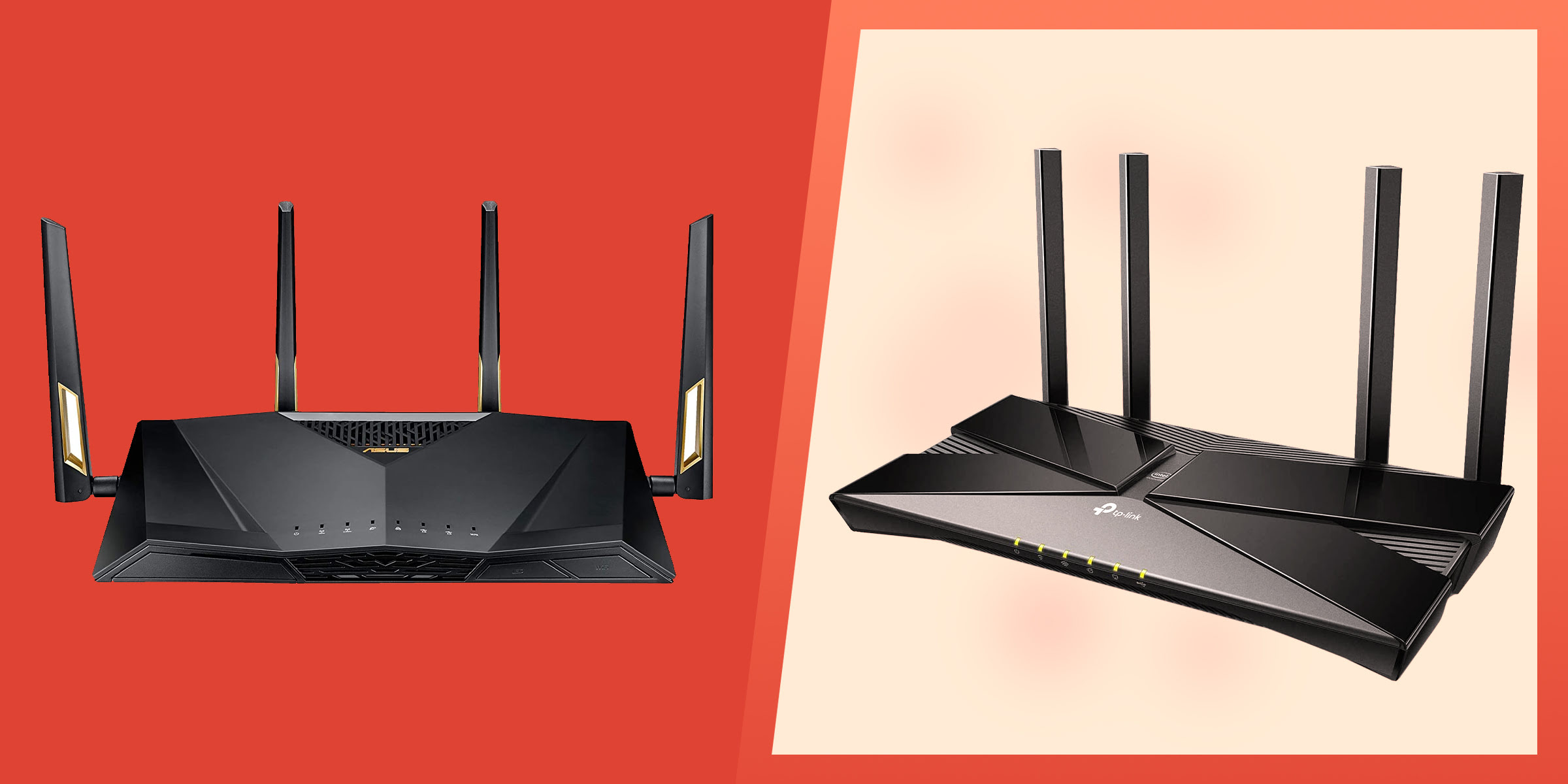
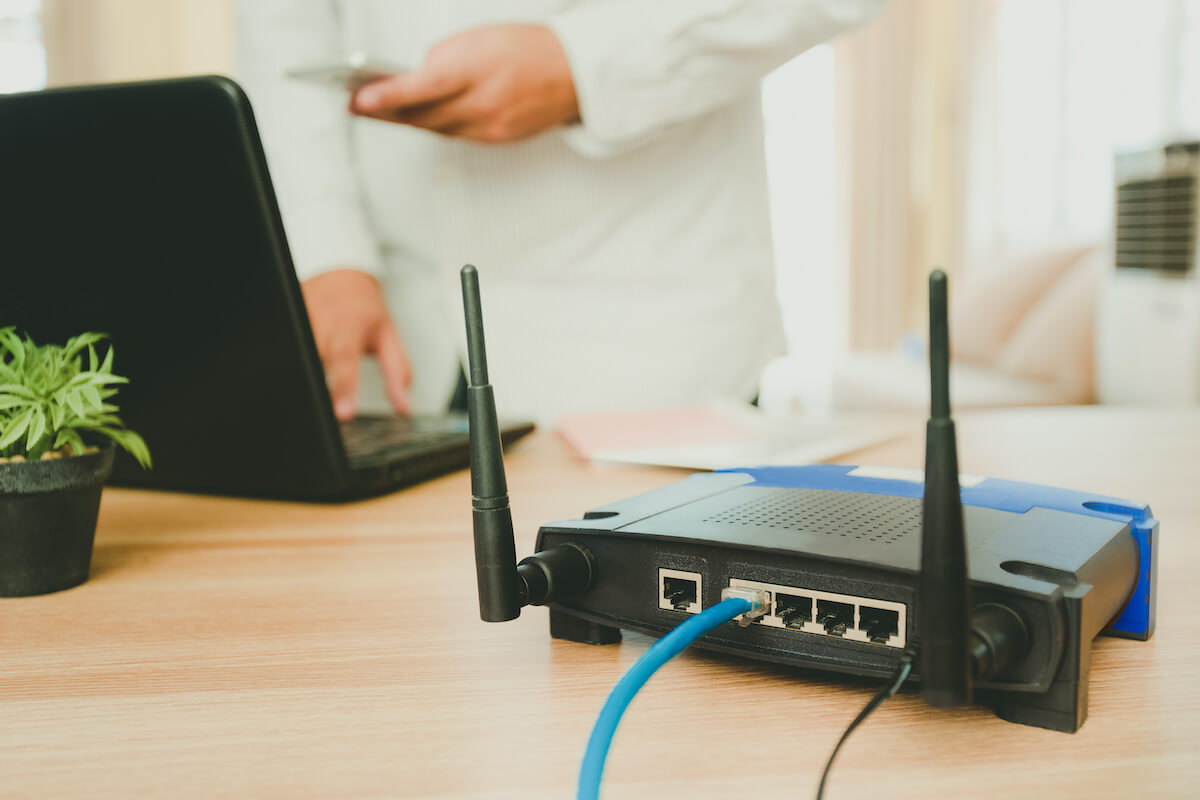
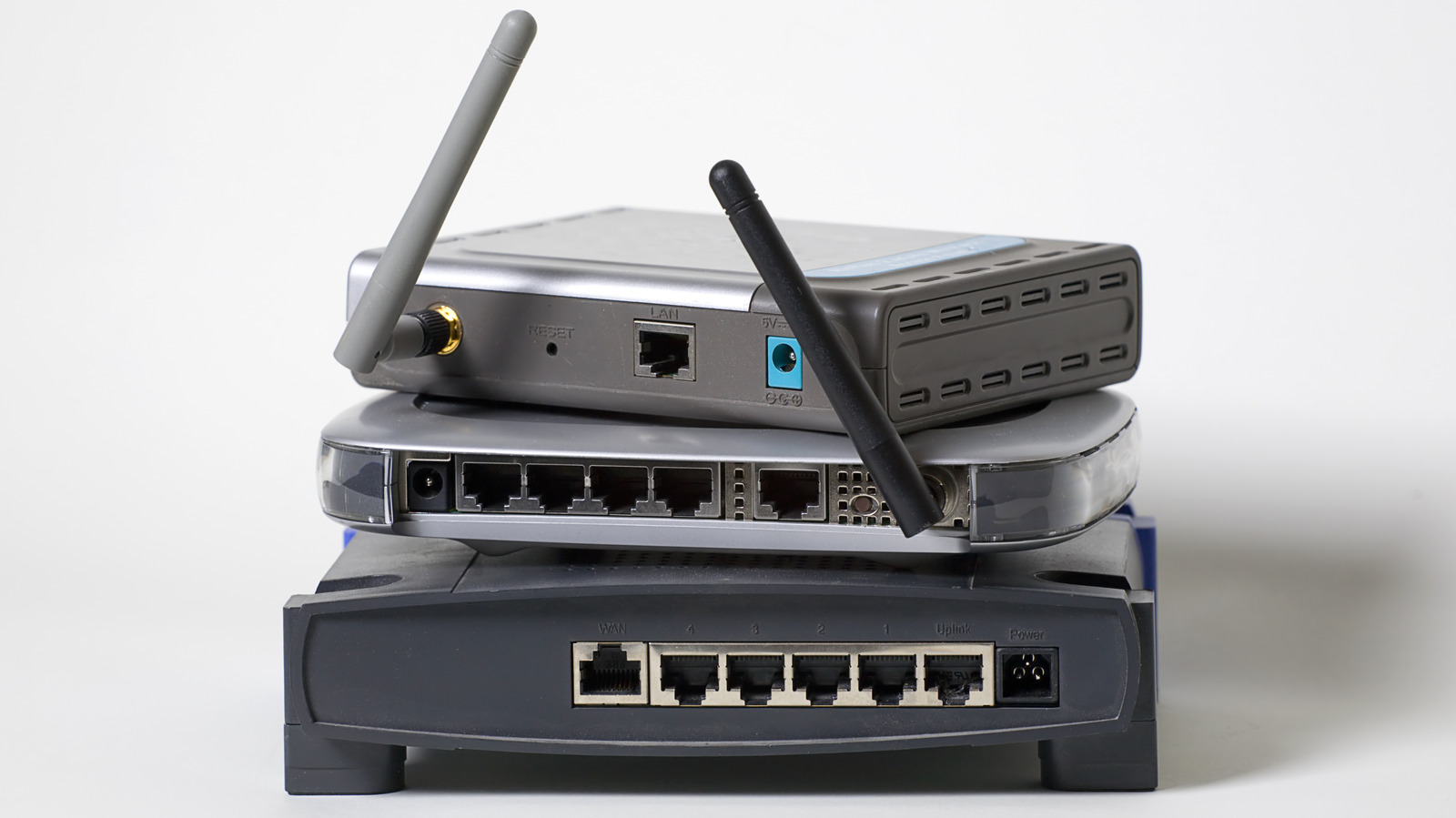

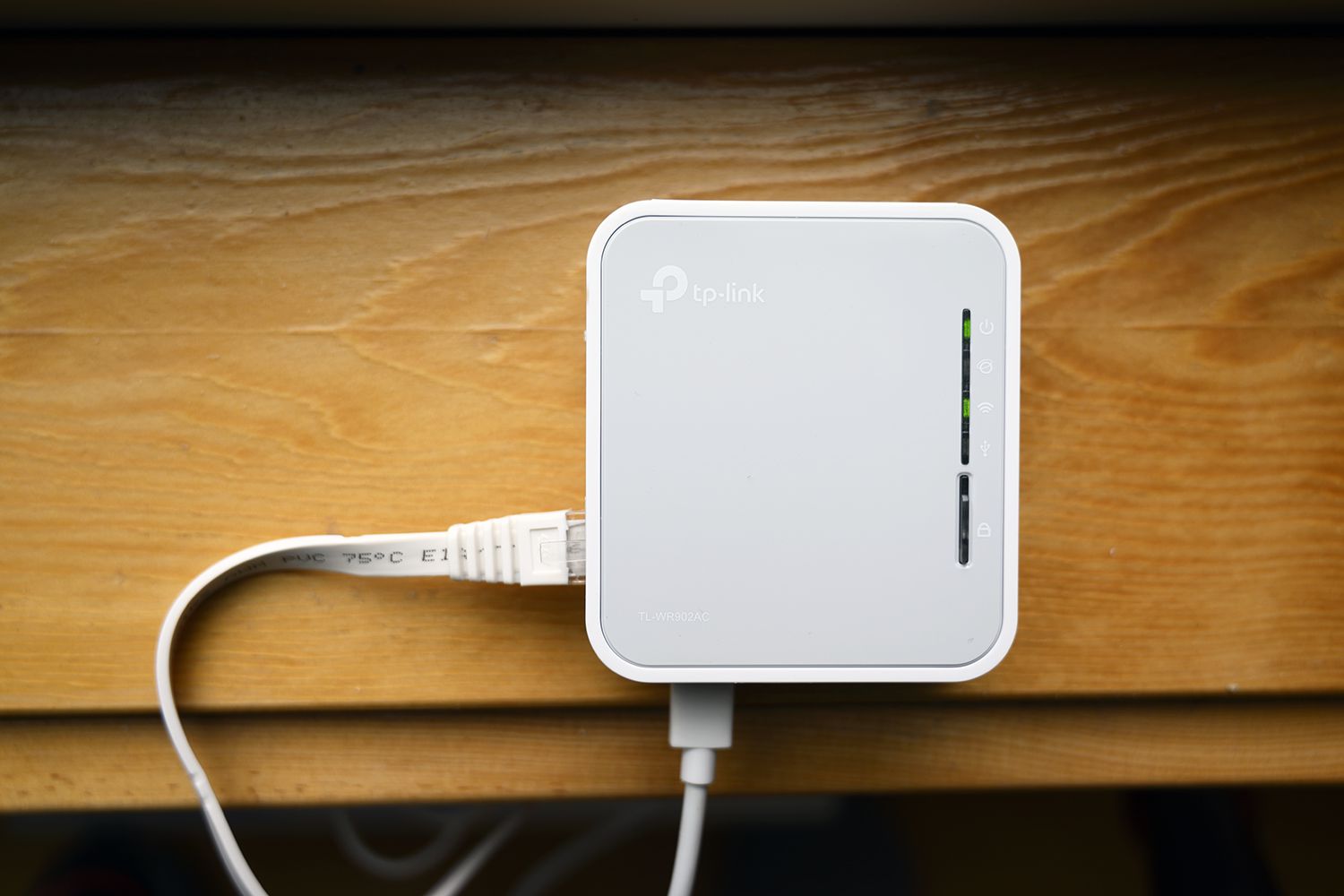

0 thoughts on “How To Prioritize Devices On Wi-Fi Router”